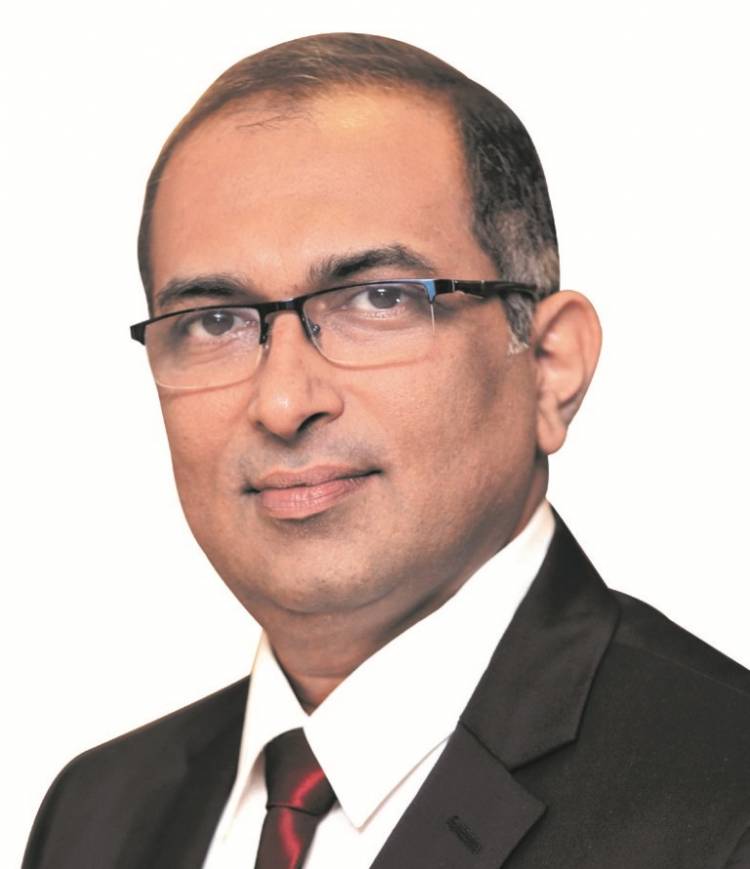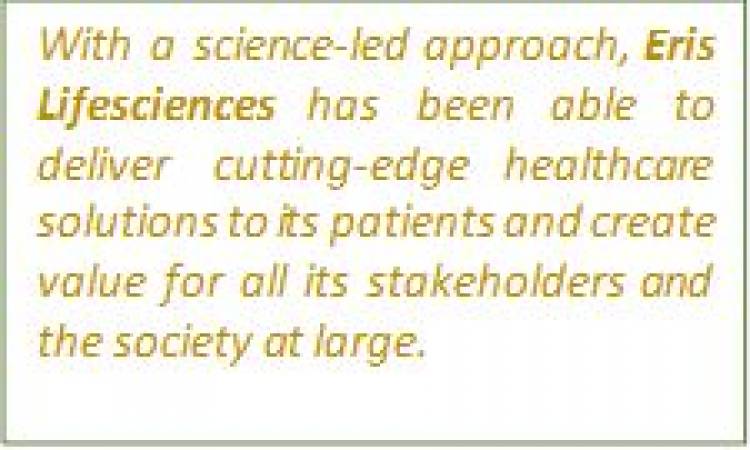Over 80% newly diagnosed diabetic patients in India have at least one cholesterol abnormality: India Diabetes Study reveals
Over 80% newly diagnosed diabetic patients in India have at least one cholesterol abnormality: India Diabetes Study reveals
Lipid abnormalities were determined basis the mentioned cut-offs recommended by LAI (Lipid Association of India): HDL (High-density lipoprotein) < 40 mg/dL for males HDL<50 mg/dL for females, LDL (Low-density lipoprotein) ≥130 mg/dL, total cholesterol ≥200 mg/dL, TG (Triglycerides) ≥150 m/dL
The findings of this first-of-its-kind study support the fact that further extension of nationwide cardiovascular disease (CVD) risk identification programs and prevention strategies to reduce the occurrence of cardiovascular diseases are warranted
Bengaluru, April 9, 2022: India Diabetes Study (I.D.S.) revealed that over 55% of newly diagnosed1 Type 2 Diabetes Mellitus (T2DM) patients in India have low HDL-C (High Density Lipid – Cholesterol) values, indicating that they are at higher risk of developing some form of cardiovascular disease in their lifetime. The study also suggested that 42% of all T2DM patients are at a high risk of hypertension. Mean BMI of the patients was recorded to be 27.2 – classified as overweight as per the Indian Consensus Group guidelines.
The one-of-its-kind nation-wide study supported by Eris Lifesciences and co-authored by 16 doctors between 2020- 2021, was conducted in partnership with over 1900 physicians and had a sample size of 5080 patients with mean age of 48 years, from across 27 states in India. It has been published in the Public Library of Science (PLOS) journal.
Following the recent recommendations from the LAI and QRISK3 score2, the study aimed at investigating the extent of cardiovascular disease (CVD) risk in newly diagnosed T2DM patients in India. It also highlighted some ways to manage dyslipidaemia – high cholesterol (fats) – in newly diagnosed Type 2 diabetes patients.
Other key findings from this study, with respect to newly diagnosed type 2 diabetes mellitus patients include:
92.5% and 83.5% of the total patients are not on any cholesterol lowering and anti-hypertension treatment
Low HDL-C value was the most frequent major risk (55.6%)
82.5% patients appeared to have at least one cholesterol abnormality
37.3% patients were hypertensive and younger than 65 years of age
According to the QRISK3 calculation the obese patients in the current population had 17.1% risk of CVD as compared to 14.8% for those with lower BMI
11.2% patients had Target Organ Damage – a chronic kidney disease in the 3b or higher stage
Dr A. G. Unnikrishnan, CEO and Chief of Endocrinology at Chellaram Diabetes Institute, Pune, and the Principal Investigator of IDS, said, “India Diabetes Study focused on highlighting the cardiovascular risk factors in newly diagnosed diabetes patients across India. While treatment should focus on dietary changes, physical activity and glucose control, additionally addressing cardiovascular risk by strategies like blood pressure control and lipid management offer a more holistic way of management– as also suggested in the India Diabetes Study.”
Dr R. K. Sahay, Department of Endocrinology, Osmania Medical College, Osmania General Hospital, Hyderabad, President of Endocrinology Society of India and the co-author of the study said, “Atherosclerotic cardiovascular disease is a significant risk factor in diabetic patients. Along with glucose control, it is important to follow a robust regimen that is inclusive of optimum lipid lowering treatment, in order to reduce CVD risk. Another important finding that emerged from the study is the increased average BMI (Body Mass Index) of Indians. Physical activity and diet control are crucial to managing diabetes effectively. ”
Mr Manish Kapoor, Vice President at Eris Lifesciences said, “Eris has been at the forefront of generating actionable medical evidence through India-centric studies on chronic ailments. On the back of the India Heart Study conducted in the year 2019, the India Diabetes Study marks another step in this direction. This study was designed to understand the CVD risk factors observed in a population of newly-diagnosed T2DM patients in India. We strongly believe that these insights will guide medical experts in the diagnosis and management of type 2 diabetes in India.”
With a science-led approach, Eris Lifesciences has been able to deliver cutting-edge healthcare solutions to its patients and create value for all its stakeholders and the society at large.
About Eris Lifesciences Ltd (BSE: 540596, NSE: ERIS):
Eris Lifesciences Ltd. is the only publicly listed Indian Pharma Company with a pure-play domestic branded formulations business model. Established in 2007, Eris is by far the youngest company in the IPM Top-25. Since inception, we have been focused on chronic and sub chronic lifestyle related therapies and on high-end super-specialist doctors and consulting physicians.
We are a fully integrated business with a WHO GMP manufacturing facility in Guwahati that caters to ≈80% of our revenue and a pan-India distribution network of over 2,100 stockists 5,00,000+ chemists. Over 4000 employees work out of our corporate offices in Ahmedabad and Mumbai, the field and our Guwahati facility.
Our revenues have grown 6x in the last 10 years (since FY11) and 2x in the last 5 years (since FY16). Net profits have grown ~ 17x in the last 10 years and 2.6x in the last 5 years. The company has maintained an ROIC in excess of ~ 30% over the last 12 years. Nearing fifteen years into the business, the company retains its fundamental strengths in terms of a chronic and sub-chronic focused brand portfolio (92% of sales) with low (7%) NLEM exposure, high mind-share and prescription ranks with super-specialists (#3 among Diabetologists and #4 among Cardiologists), strong cash generation (87% operating cashflow to EBIDTA) and a debt-free balance sheet, as of 31 Mar 21.
1Diagnosed with type 2 diabetes between the years 2019 and 2020
2It is used to calculate a person's risk of developing a heart attack or stroke over the next 10 years
























